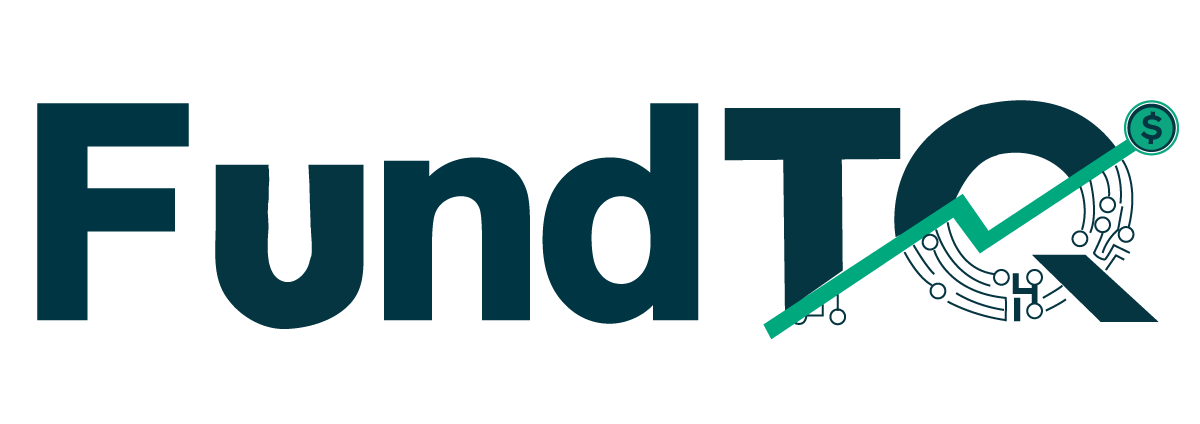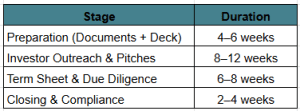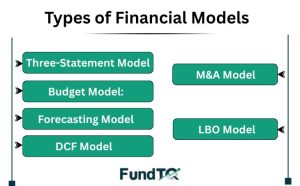Partner with the Right FinTech Investment Banking Firm for Success
Fintech is changing the world of finance – digital payments, online lending, blockchain, and wealth management technology. Nonetheless, there is an effective financial plan with highly qualified consultants behind each successful fin-tech company. Fintech investment banking comes into play here. These specialised companies bridge innovation and capital, assisting financial technology companies to raise finance, grow, merge, and succeed in a competitive environment.
This guide will take you through all the things you should know as a fintech founder, CEO, or investor to the best investment banking firm in the fintech sector to invest with in the future, including what they can and cannot do as well as how to select the appropriate partner.
What Is FinTech Investment Banking?
Fintech investment banking is a niche investment banking service that solely concentrates on the financial technology business. Fintech investment banks have a specialisation in digital finance, unlike conventional investment banks that serve a wide industry. They integrate financial knowledge, technological knowledge, and strategic knowledge to make fintech firms grow and prosper.
Core functions include:
- Capital raising: Assistance in attracting venture capital, private equity, or strategic investors to finance the startup as well as an existing company.
- Mergers and acquisitions (M&A): Counselling businesses to acquire, dispose, or merge with other fintech companies to increase competencies.
- IPO advisory: Counselings companies that are going public by assisting them in valuation, compliance and investor relationships.
- Valuation and growth strategy: This would be giving detailed market analysis to provide accurate valuation and eventual success.
To put it in simple terms, fintech investment banking assists innovative businesses to acquire the financial resources and business strategy to grow in a sustainable manner.
Why FinTech Companies Need Specialised Investment Banking Partners
The fintech industry is a rapidly developing industry. New technologies appear every month, laws change and become stricter every day, and the competition rises day after day. These complexities are not totally understood by a conventional investment bank – but they are by a dedicated fintech investment banking firm.
That is why it is important to have the right partner:
1. Deep Industry Knowledge
Fintech bankers know how to appreciate digital assets such as APIs, data algorithms, mobile platforms, which are often overlooked by the traditional banks. This provides a realistic and appealing company valuation in raising capital or a merger.
2. Access to FinTech Investors
The leading fintech investment banks are connected with the venture capitalists, family offices and fintech-focused private equity firms. They directly link you with investors that understand your technology and market potential.
3. Regulatory Insight
Regulations play a large role in the fintech industry, be it compliance with the KYC and AML regulations or privacy regulations. Fitech-based investment bankers will make sure that deals are in line with fintech and data protection standards.
4. Global Market Reach
Scalability across regions is also frequently the driver of fintech success. A well-developed investment banking partner gives availability to foreign investors, partners and targets of acquisition.
5. Strategic Growth Support
The right company is not only that one that can assist you in raising the money, it is also your long-term counsellor who can see new opportunities, new collaborations and new development courses, as the market changes.

Top Services FinTech Investment Banks Provide to Clients
When you work with an investment banking company that is fintech-oriented, you will have access to a package of financial and strategic services optimally tailored to your company:
1. Raising of Capital and Structuring of funds.
Investment bankers also assist fintech companies to raise funds at any of their capital stages, such as seed round, Series A, Series B, or pre-IPO. They come up with financial models, pitch decks and deal structuring to get the appropriate investors.
Example:
An investment bank can help a digital payment startup that is in need of Series B financing to find those investors who focus on payment infrastructure that will help the company to get business funding for small business that aligns with the long-term vision of the company.
2. Mergers and Acquisitions Advisory.
You can use fintech investment bankers to run each phase of the acquisition of a smaller startup, or merger with a strategic partner, including valuation, negotiation, due diligence, and deal execution.
Example:
A neobank can purchase a regtech start-up to improve automation of compliance. The banker will make certain that there is financial and strategic alignment to have a smooth merger.
3. IPO and Public Market Advice.
Investment bankers assist in preparing IPOs when fintech companies have reached maturity to ensure there is transparency, compliance, and preparedness of the investors. These are financial reporting, roadshows and positioning of the stock market.
4. Strategic Consulting and Valuation.
The assets of fintech companies are often intangible such as intellectual property or algorithmic data. The high valuation models applied by specialised investment bankers are used to measure the values properly and make strategic decisions.
5. Financial Restructuring
In companies that have financial difficulties or during market crashes, investment banks formulate restructuring strategies to help them stabilise operations, earn investor trust, and reignite the growth process.
How to Choose the Right FinTech Investment Banking Firm?
The right partner can make or break the way your company grows. These are the key factors that you must take into account when choosing your fintech investment banking advisory services company:
1. Proven Track Record
Review previous fintech transactions by the firm with your business. Have they funded rounds or M&As in your niche (such as payments, insurtech or blockchain)?
Also Read About: How to Raise Series A Funding in India?
2. Investor Network
Connection with a good network of investors is a speedy way of getting capital. Make sure that the company has built cooperations with fintech-oriented investors and international financial organizations.
3. Customized Strategy
One-size-fits-all solutions are to be avoided. The top fintech investment bankers develop unique plans that fit your objectives, be it fundraising, market expansion, or IPO.
4. Knowledge on Emerging Technologies
Your investment banking partner must know how new trends such as AI in finance, digital wallets, Web3, and open banking impact on your business model.
5. Transparency and Integrity
Effective communication, adequate fee frameworks, and practices are essential. A suitable company believes in relationships with the long term, as opposed to the short term.
Key Advantages of Choosing a FinTech Investment Banking Firm
Collaborating with a special fintech investment bank has more than mere access to funds:
- Accelerated Fundraising: Access to investors that really know fintech faster.
- Improved Valuation: Reflect the worth of your technology and development opportunities.
- Global Expansion Opportunities: Get into new markets with confidence by strategic alliances.
- Increase Deal Efficiency: Decrease the time of closing sophisticated financing or acquisition deals.
- Professional Advice: Trust experts that foresee difficulties and overcome market uncertainty.

Key Innovations Shaping the Future of FinTech in Investment Banking
To remain competitive, fintech companies and investment banks have to respond to industry trends defining the financial services in the modern world:
1. AI-Driven Deal Analytics
DAV and risk assessment Artificial Intelligence and machine learning are changing how deals are discovered, evaluated and assessed risk.
2. ESG-Based Financing emergence.
ESG-oriented investors are willing to invest in fintech companies that implement sustainability, inclusion, and ethical finance. These measures have been incorporated by investment banks as part of deal strategies.
3. Expanding Cross-Border M&A.
With the increase in fintech solutions around the world, investment banks trade cross-border transactions, particularly in North America, Europe, and Asia.
4. Financing with Blockchains and Tokenization.
As blockchain goes mainstream, fintech investment banks are considering tokenized assets, DeFi (decentralized finance), and fundraising approaches based on blockchain.
5. Strategic Consolidation
Mergers of payment processors, neobanks, and lending platforms are also happening in the fintech market – an indication that the industry is moving towards the consolidation of the ecosystem. Investment banks are very important in the structuring of these transactions.
When Should You Partner with a FinTech Investment Banking Firm?
It is important to know when to seek the services of an investment banking partner. The following are the most appropriate moments to consult them:
- You are about to launch a large funding round (Series B or later).
- You are thinking of strategic merger, acquisition or exit.
- You are thinking of an IPO or are thinking of going public.
- You require an investment or strategic map.
- You are looking to get international and need cross-border financial advice.
Early engagement can make your fintech company competitively position itself with regard to investors by planning in advance.
Learn About: Startup Funding in India
Conclusion:
The financial landscape of the fintech industry is changing more rapidly than ever — so should your financial strategy. An expert fintech-focused investment banking company does not just make you meet money, but allows you to make better choices in business, achieve long-term expansions, and outperform competitors.
Regardless of whether you are climbing the ladder of a digital lending solution, opening a payment gateway, or going through an IPO, finding the appropriate fintech investment banking partner will determine the success of your company.
Wise investment in both technology and strategic partners.

 Financial Model for Car Repairing Company
Financial Model for Car Repairing Company 

















